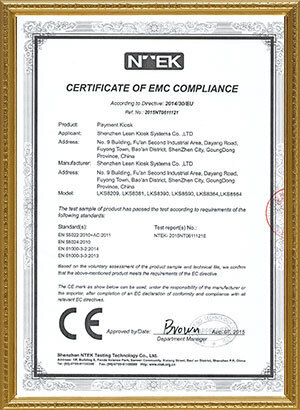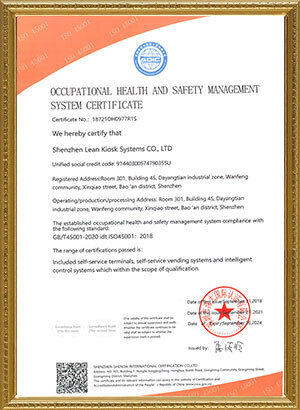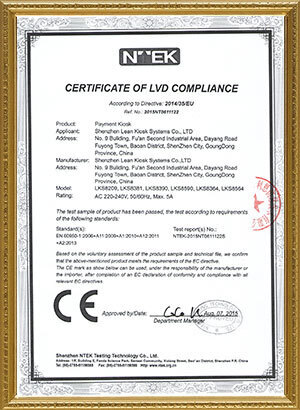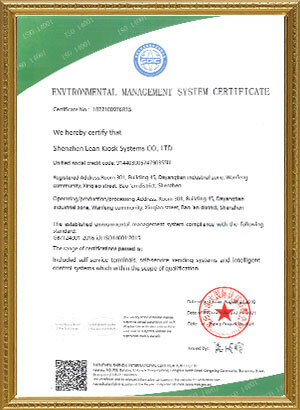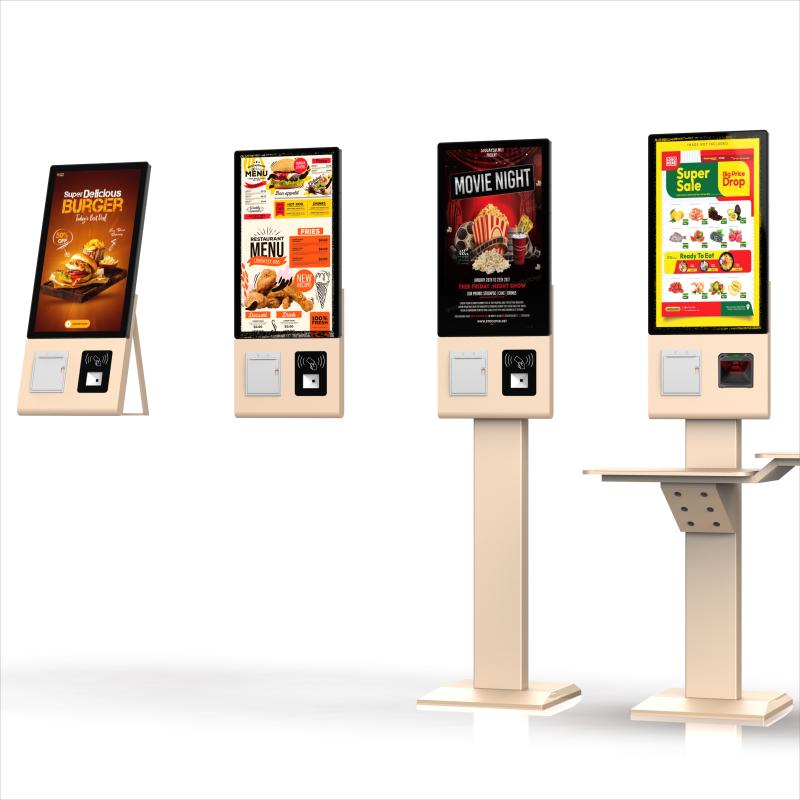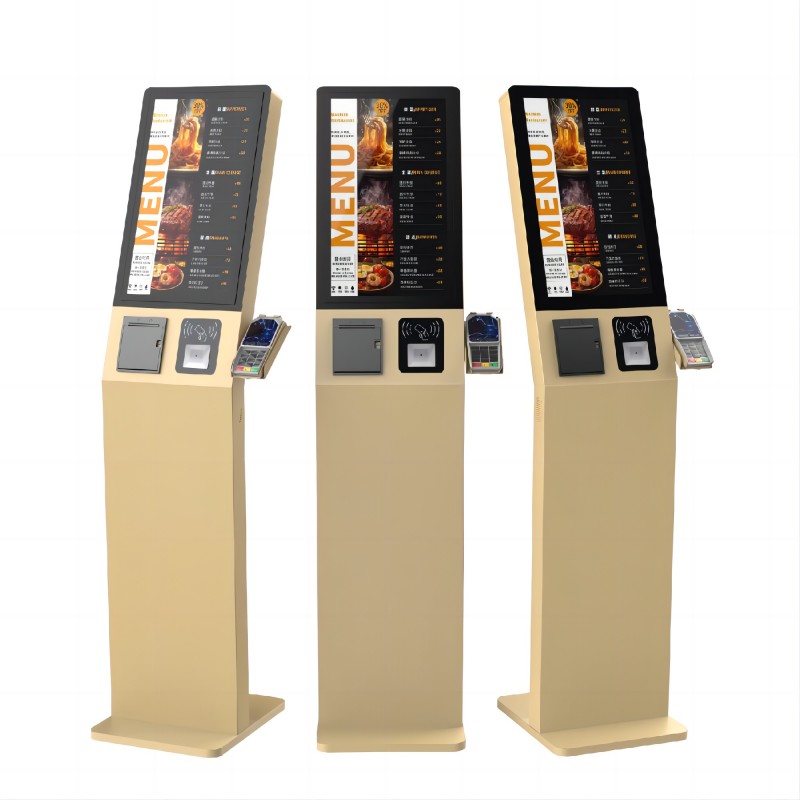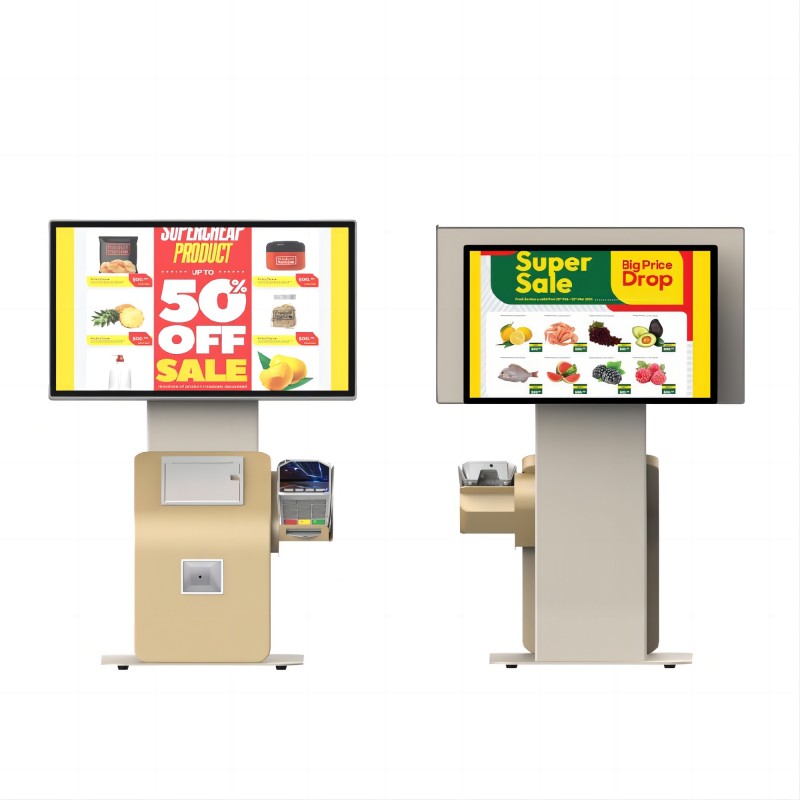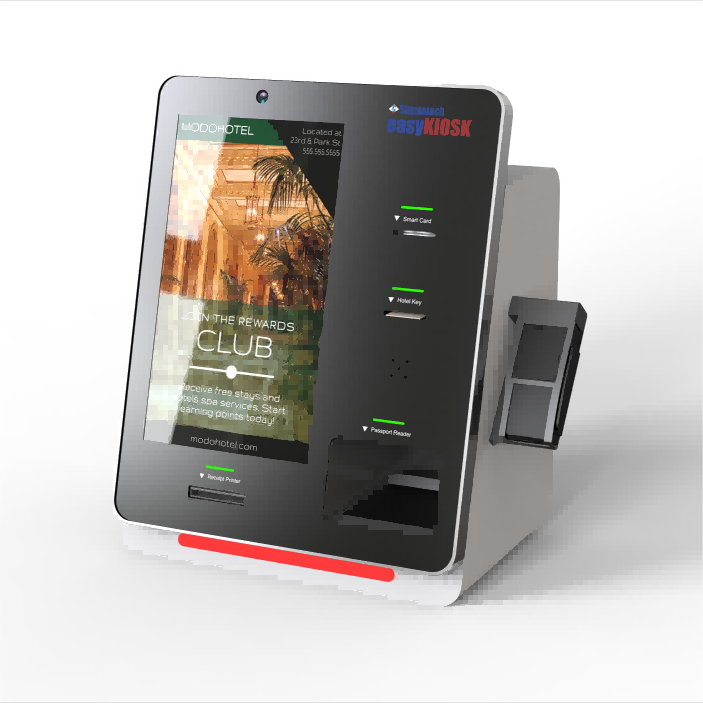






—— Bill from America
—— Jack from United Kingdom
—— James from Russia
—— Mike from America
—— James from Iran
—— James from America
Types of kiosk advertising refers to various methods of delivering promotional content through self-service kiosks, tailored to different environments and user interactions. These include digital signage advertising, which utilizes screens for dynamic and engaging multimedia presentations, and static signage advertising, involving non-digital displays like posters and printed materials. Interactive advertising allows users to engage directly with content through touchscreens, creating a personalized experience. Programmatic advertising employs software to automatically display targeted ads based on data analytics, optimizing reach and effectiveness. Location-based advertising delivers contextually relevant ads depending on the kiosk’s geographical placement, enhancing user engagement and relevance. These diverse advertising methods leverage kiosk technology and placement to effectively reach and interact with target audiences.
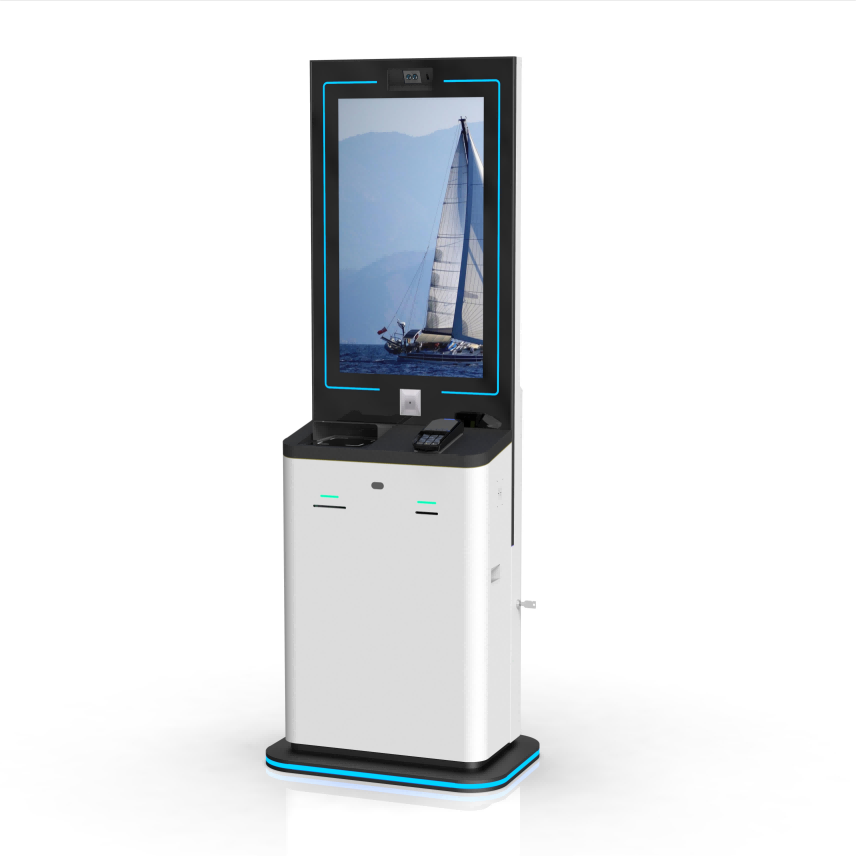
Access control and secure kiosks play a vital role in enhancing security and managing entry to restricted areas in various settings. Here are key applications:
Corporate Offices: These kiosks manage employee and visitor access, ensuring only authorized individuals can enter specific areas. They can issue visitor badges, log entry and exit times, and integrate with security systems for real-time monitoring.
Educational Institutions: Schools and universities use these kiosks to control access to buildings, dormitories, and other secure areas. They enhance campus security by verifying student and staff identities and maintaining records of entries.
Healthcare Facilities: Hospitals and clinics utilize secure kiosks to regulate access to sensitive areas like operating rooms and pharmacies. They ensure that only authorized medical personnel can enter, maintaining a safe environment for patients and staff.
Government Buildings: These kiosks provide secure entry management for government offices, courthouses, and military facilities. They verify visitor identities, issue access credentials, and monitor movement within the premises.
Event Venues: During large events, secure kiosks control access to restricted areas such as VIP sections, backstage, and control rooms. They help manage crowd flow and ensure that only authorized personnel gain entry.
Residential Complexes: In gated communities and apartment buildings, access control kiosks manage visitor entry, provide security to residents, and keep records of all entries and exits.
Industrial Sites: Factories and warehouses use secure kiosks to manage access to hazardous or restricted areas, ensuring that only trained and authorized personnel can enter, thereby enhancing workplace safety.
Access control and secure kiosks enhance security, streamline entry processes, and maintain detailed records of access, significantly improving safety and operational efficiency across various sectors.
Education and training kiosks serve as valuable tools in enhancing learning experiences and providing convenient access to educational resources in diverse settings:
Schools and Universities: Kiosks in educational institutions offer students access to course catalogs, schedules, campus maps, and academic resources. They facilitate efficient registration processes and provide information on extracurricular activities and events.
Libraries: Kiosks in libraries provide self-service options for checking out books, accessing digital resources, and browsing catalog information. They enhance user convenience and enable librarians to focus on personalized assistance.
Corporate Training: In workplaces, training kiosks deliver on-demand learning modules, safety protocols, and compliance training. They allow employees to update skills, learn about company policies, and track their progress independently.
Trade Shows and Conferences: Event organizers use education kiosks to provide attendees with session schedules, speaker biographies, and interactive maps. They enhance learning opportunities and engagement during large gatherings.
Healthcare Training: Medical facilities utilize kiosks for training healthcare professionals on new procedures, equipment usage, and patient management protocols. They support continuous medical education and enhance patient care standards.
Community Centers: Kiosks in community centers offer workshops, skill-building sessions, and information on local services. They promote lifelong learning and empower individuals with resources for personal and professional development.
Museums and Science Centers: Educational kiosks in cultural institutions provide interactive exhibits, educational videos, and multimedia content about exhibits. They engage visitors of all ages and enhance understanding of historical and scientific topics.
Education and training kiosks contribute to accessible learning opportunities, foster knowledge dissemination, and support skill development across various sectors, promoting continuous learning and professional growth.
Address: No. 99-15, Fuan intelligent manufacturing Industrial Park, Dayang Road, Fuhai Street, Baoan District, Shenzhen, China


